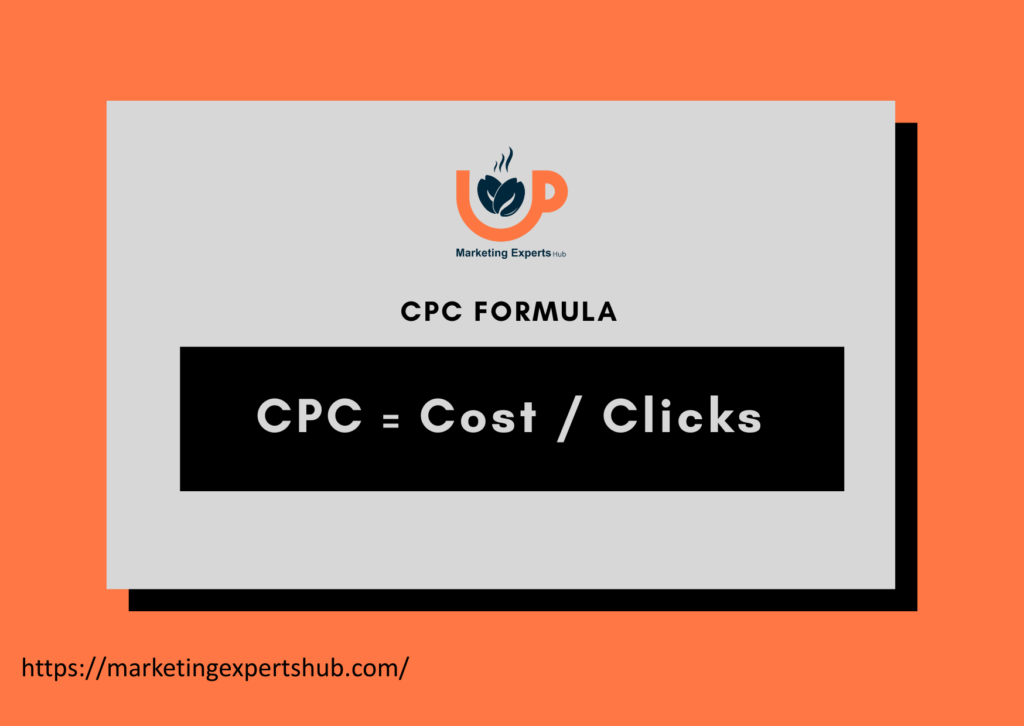CPC Calculator
Running a successful digital marketing campaign requires you to measure the effectiveness of your campaigns. One of the most crucial metrics is the Cost per Click (CPC).
Use this calculator and add your expected Cost & Clicks for your campaign to get the expected CPC. While running your campaign, you can use the calculator to see how small changes in the cost per click will affect your campaign.
Cost-Per-Click (CPC) Calculator
How to Calculate CPC
CPC is a pricing model used in online advertising where an advertiser pays a publisher for each click on their ads. It’s an effective way to determine how much an advertiser is spending for each visitor directed to their website or landing page. To calculate CPC, we need to know the total cost of the advertising campaign and the number of clicks generated by the ads.
The CPC Formula
The formula for calculating CPC is quite simple. All you need to do is divide the total cost of the campaign by the total number of clicks. Here’s the formula:
CPC = Total Campaign Cost / Total Number of Clicks

For example, if you spent $1,000 on a campaign that generated 500 clicks, the CPC for that campaign would be:
CPC = $1,000 / 500 CPC = $2
In this case, the advertiser would be paying $2 for each click on their ads.
Why CPC is Important?
CPC is an essential metric for several reasons, including:
- Budget Management: Knowing your CPC allows you to effectively manage your advertising budget. By monitoring your CPC, you can identify if you are overspending on a campaign or if the allocated budget is insufficient to generate the desired results.
- Performance Analysis: CPC helps you evaluate the performance of your ads and identify which ad creatives, keywords, or targeting methods are driving the best results. This information enables you to optimize your campaigns to achieve a better return on investment (ROI) or ROAS (return on ad spend).
- Competitive Analysis: By comparing your CPC with industry benchmarks, you can gain insights into how your campaign is performing against competitors. If your CPC is higher than the industry average, it might be a sign that you need to make improvements to your ad creatives or targeting strategies.
- Cost Efficiency: Understanding CPC allows you to focus on cost efficiency in your advertising efforts. It helps you identify if your ads are generating enough clicks and conversions at an acceptable cost, enabling you to allocate your budget effectively and maximize your ROI.
Calculating CPC is a vital aspect of managing and optimizing your digital marketing campaigns. By understanding and monitoring your CPC, you can make data-driven decisions that will help you achieve better results from your online advertising efforts.
By leveraging this knowledge, you can focus on improving ad performance, optimizing targeting strategies, and maximizing the ROI for your marketing budget.
